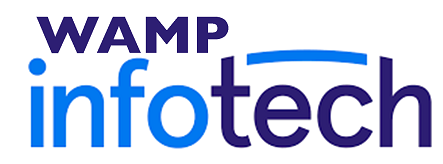
For decades, teachers relied on paper gradebooks to track student progress. These physical ledgers allowed instructors to record grades, attendance, and other important information manually. The process typically involved:
- Entering data by hand.
- Calculating averages.
- Transferring this information to report cards at the end of each grading period.
Teachers often spend hours outside of class time calculating grades and preparing reports. The physical nature of these records makes them vulnerable to damage or loss, and sharing information with students or parents requires scheduling face-to-face meetings or sending home printed reports.
Rise of online gradebooks
As technology has advanced, online gradebooks have emerged as a powerful alternative to traditional methods. A number of features on these digital platforms are designed to streamline the grading process and improve student-parent communication.
Online gradebooks typically provide a user-friendly interface where teachers input grades quickly and easily. Many systems offer automatic calculation of averages and final grades, reducing the potential for human error and saving valuable time. The platforms also allow for real-time updates, so students and their parents can see current grades at any time. The Gradebook software often integrates with other educational tools, such as learning management systems and student information systems. This integration creates a more comprehensive view of student performance and allows for easier data analysis and reporting.
Comparing efficiency – Time management
Traditional gradebooks require teachers to manually input each grade, calculate averages, and transfer information to report cards. Online gradebooks offer numerous time-saving features. Automatic grade calculation, bulk entry options, and integrated reporting tools significantly reduce the time teachers spend on administrative tasks. This time savings allows educators to focus more on lesson planning, individualized student support, and professional development.
Accuracy and error prevention
Human error is an inevitable part of manual grade entry and calculation. A single misplaced decimal point or transposed number has significant consequences for a student’s overall grade. Traditional methods rely heavily on the teacher’s attention to detail and ability to catch mistakes during the review process.
Online gradebooks minimize the risk of such errors through automated calculations and built-in error-checking mechanisms. Many systems flag unusual entries or discrepancies, alerting teachers to potential mistakes before they become issues. By increasing accuracy, teachers, students, and parents save time spent on corrections and maintain trust.
Data analysis and reporting
Modern education places a strong emphasis on data-driven decision-making. Traditional gradebooks make it challenging to analyze trends or generate comprehensive reports without significant manual effort. Teachers and administrators often need to spend hours compiling and interpreting data from paper records.
Online gradebooks shine in their ability to generate detailed reports and analytics with just a few clicks. These systems can quickly produce visualizations of student performance, class averages, and progress over time. With this capability, educators identify trends, identify areas of concern, and make informed curriculum and teaching decisions.
Making the choice
The decision between online gradebooks and traditional methods ultimately depends on the specific needs and resources of each educational institution. While online systems offer clear advantages in terms of efficiency and communication, some educators may prefer the familiarity and tactile nature of paper-based records.
For schools considering the switch to online gradebooks, it’s important to carefully evaluate different software options, consider the training needs of staff, and plan for a smooth transition. Many institutions find success in implementing a hybrid approach during the transition period, gradually phasing out traditional methods as users become more comfortable with the digital platform.

